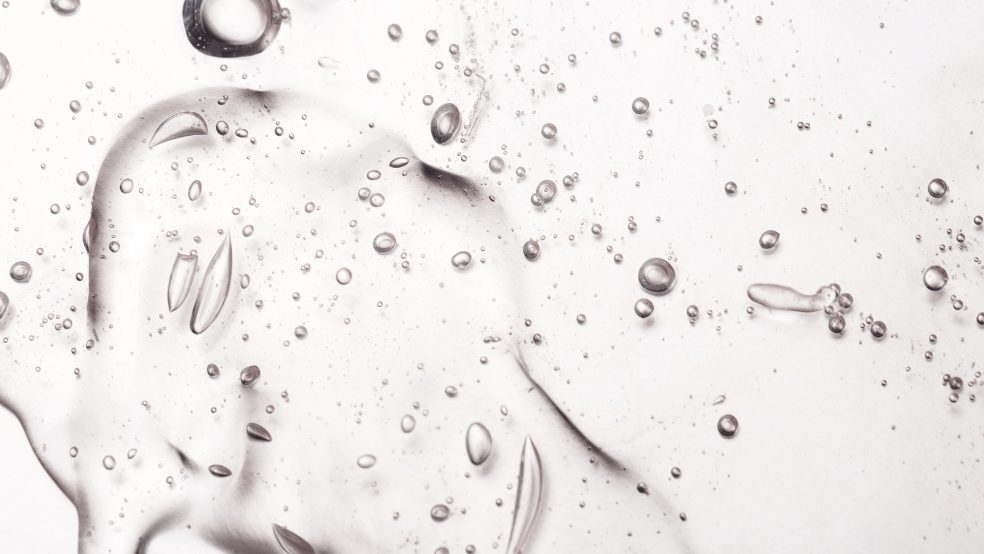If your skin is dealing with breakouts, texture, redness, or leftover acne marks, you’ve probably got a small army of skincare products in your bathroom right now. But instead of stacking your shelf with product after product, what if two simple ingredients could totally level up your skin? Enter: salicylic acid and azelaic acid.
These two are like skincare soulmates—each incredible on their own, but so much better together. Let’s get into the science, the glow-up potential, and exactly how to use them without freaking your skin out.
What Is Salicylic Acid?
Salicylic acid is a beta-hydroxy acid (BHA)—aka your ride-or-die for fighting acne, oily skin, and congested pores. It’s oil-soluble, which means it can actually get deep inside your pores (unlike many other acids) and clear them out.
Benefits of Salicylic Acid:
- Deeply exfoliates and unclogs pores
- Reduces blackheads, whiteheads, and breakouts
- Controls oil production
- Calms inflamed skin and active pimples
- Smooths bumpy skin texture
It’s basically the go-to acid for oily or acne-prone skin. But! It can also be drying, especially if you’re new to actives or already using strong treatments.
What Is Azelaic Acid?
Azelaic acid is the underrated, gentle genius of skincare. It’s a dicarboxylic acid that’s naturally found in grains like barley and wheat, and it’s known for being effective and safe—even for sensitive skin.
It has antimicrobial, anti-inflammatory, and skin-brightening properties. You’ll often see it recommended for rosacea, hormonal acne, and melasma.
Benefits of Azelaic Acid:
- Kills acne-causing bacteria
- Reduces redness and inflammation (rosacea-friendly!)
- Fades post-acne dark spots and hyperpigmentation
- Gently exfoliates and smooths skin
- Helps brighten overall skin tone
It’s like the multitasking overachiever who also happens to be really chill. And bonus—it’s safe during pregnancy and breastfeeding, unlike some stronger treatments.
Can You Use Salicylic Acid and Azelaic Acid Together?
YES. You totally can—and in fact, you should if you’re trying to level up your acne-fighting, skin-smoothing game. These two ingredients work in different ways but actually complement each other, which makes them a dream team.
Here’s how they tag-team your skin:
| Salicylic Acid | Azelaic Acid |
|---|---|
| Deep-cleans pores | Kills acne bacteria on skin’s surface |
| Reduces oil and congestion | Soothes inflammation and redness |
| Exfoliates dead skin cells | Fades pigmentation and dark spots |
| Can be a little drying | Helps balance and calm irritation |
Together, they target multiple layers of the skin and multiple causes of acne and discoloration, which means faster results and clearer, brighter skin.
How to Use Them Together Without Overdoing It
Mixing two actives always calls for a lil’ strategy. Here’s how to do it right:
1. Ease Into It
If you’re new to either acid, start by using them on alternating nights. Once your skin builds tolerance (after 1–2 weeks), you can start layering them in the same routine 2–3 times per week.
2. Order Matters
Generally, apply salicylic acid first—especially if it’s in a toner or serum. It’ll sink into your pores and get to work. Then apply your azelaic acid (cream, gel, or serum), which will target surface bacteria, redness, and pigmentation.
💡 Pro tip: If you’re using prescription-strength azelaic acid (like 15–20%), go even slower. It’s strong stuff!
3. Moisturize Like Your Life Depends on It
Both acids are exfoliating, and that means potential dryness or irritation. Always follow with a nourishing, non-comedogenic moisturizer to restore your skin barrier.
Try ones with:
- Ceramides
- Hyaluronic acid
- Niacinamide (for even more calming benefits)
4. SPF Is Non-Negotiable
When you’re exfoliating regularly, your skin is more vulnerable to sun damage—even if it’s cloudy. Use a broad-spectrum SPF 30 or higher every morning, no excuses.
What to Expect (Realistic Results Timeline)
With consistent use, you might notice:
- Within 1 week: Less oily skin and fewer clogged pores
- 2–3 weeks: Redness and breakouts starting to calm down
- 4–6 weeks: Smoother skin texture, fading dark spots, fewer breakouts
- 2–3 months: Brighter, more even skin tone and long-term acne control
Of course, everyone’s skin is different. Some people glow up fast, others take a little longer. Be patient, stay consistent, and don’t overdo it!
Who Should Be Cautious?
While this combo is safe for most skin types, you should take extra care if:
- You have very sensitive or dry skin
- You’re already using retinoids, benzoyl peroxide, or other strong actives
- You’re dealing with an impaired skin barrier (burning, stinging, or constant irritation)
Patch test before going all in, and always listen to your skin.
Can You Use Them with Other Ingredients?
Yes, but keep your routine balanced. Here’s a cheat sheet:
| ✅ Good Combos | ❌ Be Cautious With |
|---|---|
| Niacinamide | Retinoids (layer carefully) |
| Hyaluronic Acid | Benzoyl Peroxide (can be irritating) |
| Ceramides | Vitamin C (can be unstable if mixed) |
| Panthenol | AHA peels (over-exfoliation risk) |
A good rule? Pick 1–2 actives per routine and keep the rest super soothing.
Final Verdict: Are Salicylic Acid + Azelaic Acid Worth the Hype?
Absolutely. These two are one of the most underrated skincare duos out there. Used together, they can:
- Clear acne faster
- Reduce redness and inflammation
- Fade dark spots
- Smooth and brighten your complexion
As long as you introduce them slowly and support your skin barrier with hydration and SPF, this combo can totally transform your skin.
